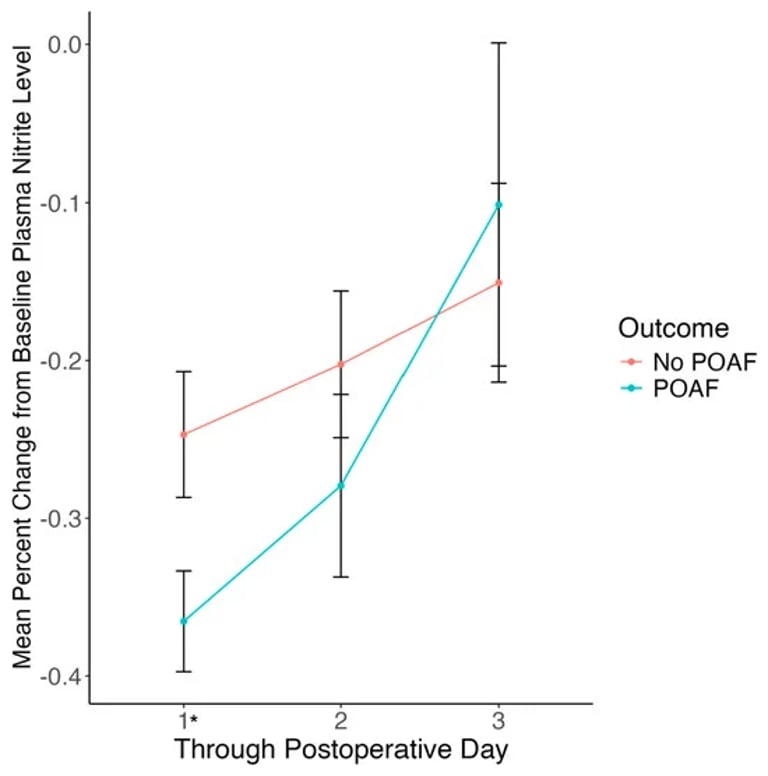Neutrophil-to-Lymphocyte Ratio: Key Predictor of Poor Outcomes in Heart Failure and Atrial Fibrillation
August 12, 2024
In heart failure, an elevated neutrophil-to-lymphocyte ratio (NLR) is correlated with poor outcomes, highlighting its potential as a risk stratification tool.
Research indicates that NLR can serve as an independent predictor for various cardiovascular disease (CVD) outcomes, necessitating its integration into clinical practice for improved risk assessment and management.
The study found that NLR was significantly higher in patients who died during hospitalization compared to survivors, establishing it as an independent predictor of in-hospital mortality for atrial fibrillation (AF) patients.
Atrial fibrillation is the most common cardiac arrhythmia, with its prevalence rising over the past two decades, contributing to increased morbidity and mortality.
Cardiovascular diseases are the leading cause of death globally, exacerbated by unhealthy lifestyles and metabolic comorbidities.
The study highlighted the importance of oxidative stress and inflammation in the development of postoperative AF and acute kidney injury following surgery.
A study assessed plasma nitrite and serum interleukin-6 levels in cardiac surgical patients to understand their role in predicting postoperative complications.
Including plasma nitrite levels improved the predictive model for postoperative atrial fibrillation, increasing the area under the curve from 0.77 to 0.81.
Postoperative atrial fibrillation and acute kidney injury are significant complications after cardiac surgery, with incidences reaching up to 40%.
A history of diabetes was linked to the occurrence of acute kidney injury, with preoperative interleukin-6 levels enhancing the prediction model for AKI.
Future research is necessary to further validate the clinical utility of NLR and enhance prediction models for mortality in atrial fibrillation patients.
Summary based on 3 sources